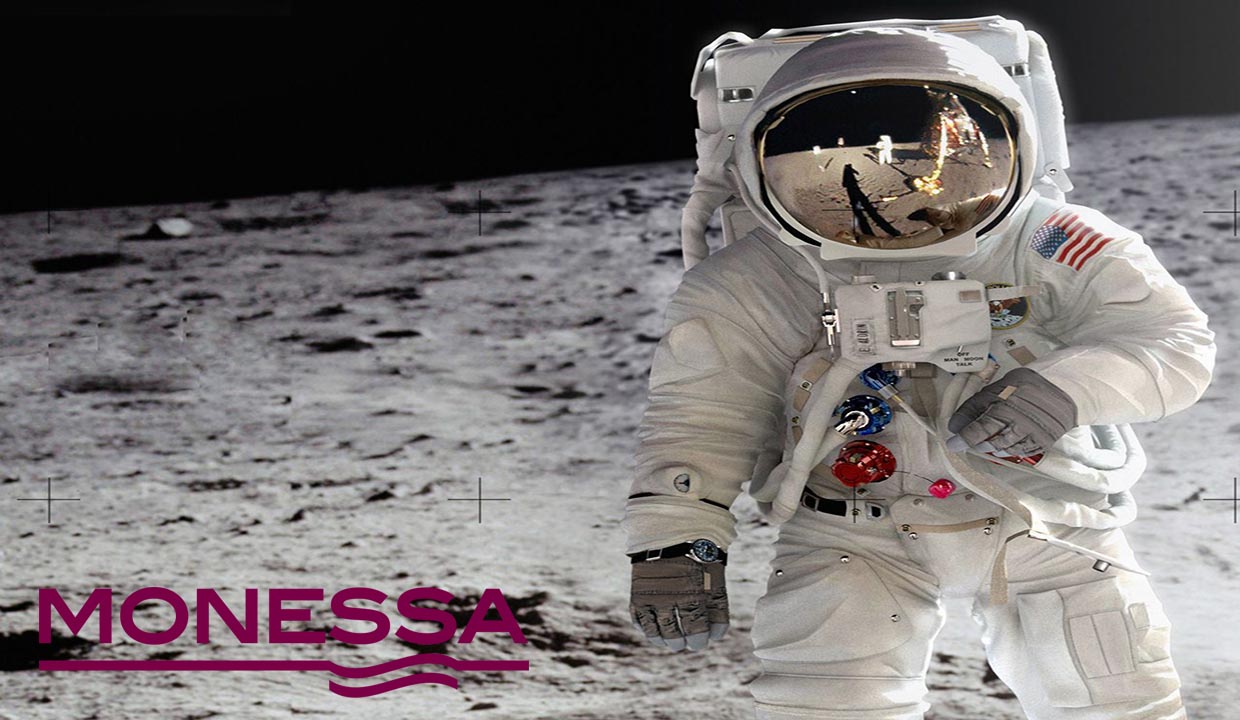What It’s Really Like to Sleep in Space, According to Astronauts
An astronaut's sleep routine in space is quite different from the usual routine on Earth. They should immerse themselves in a sleeping bag with a cut for the face. Then, because of the weightless atmosphere, they have to attach the sleeping bag to something fixed, usually a wall inside the personal sleeping cabin, where they spend the night.
NASA research shows that astronauts sleep only an average of 6 hours a night, although most missions involve 8.5 hours of sleep. Sleeping in space can be challenging for reasons such as the following:
__ Rotating around the Earth can disrupt astronauts' circadian rhythms and make it harder to fall asleep, which is why some of them use sleeping pills in space.
__ Bedrooms are the size of a small telephone booth and can feel cramped and noisy compared to a typical bedroom.
__ The human body's attempt to adapt to gravity, which is very weak but not zero can cause temporary physical discomfort such as spinal strain. Prolonged exposure can cause bone and muscle problems.
__ While the International Space Station has better lighting to provide better sleep, it still annoys astronauts with the noise of fans as the air circulates, exposing them to an environment of about 72 degrees (warmer than room temperature). Which leads to sleep disorders.
__ Also, many astronauts do not fall asleep from the excitement of achieving their long-held dream of being in space. Especially in the first few days of reaching the space where they are more excited.
However, while many astronauts say they struggled to sleep, others have admitted that sleeping in space was the best sleep of their lives.
How astronauts sleep in a weightless environment with very little gravity
Sleeping in space was a "great" experience for NASA astronaut Nicole States, who has flown two space flights and spent more than 100 days in space. At very low gravity, the word up or down does not make sense, so astronauts can choose to sleep in whatever direction they are comfortable.
"I always chose the roof to sleep on, because where else can you sleep on the roof?" Says State. It was fun to put your sleeping bag over your head and float there, like Dracula climbing over a wall.
For safety, it is often necessary for the astronaut to tie his sleeping bag to something. "Otherwise they stay afloat enough to be drawn to the air vent," says Richard Garriott.
(Richard Garriott is the first second-generation astronaut to spend 12 days in space since 2008.)
But this is certainly not the only way for an astronaut to stay in place while asleep.
"One of my crew, who falls asleep easily, is in a fetal position, tying a shoelace to the floor and sleeping," says Garriott. "I looked down the aisle and saw him hanging from a shoelace in the middle of the aisle."
States, author of "Return to Earth: What Life in Space Teaches Me About Our Planet Home and Our Mission to Protect It." "The first two days of the first flight were a bit difficult because when you get out of the gravitational environment, your spine stretches and causes back pain," he says.
While he normally bent down and stretched a little to relieve back pain, he was not very weak on gravity. Fortunately, the pain went away after a few nights.
Many astronauts, like acetate, find weightlessness incredibly relaxing as their bodies and brains become accustomed to a lack of gravity.
"When you are floating in space for about 24 hours a day, you can relax all the muscles of your body and subconsciously become an embryo. There is no pressure on any joint, muscle, or bone," says Garriott.
But for Garriott, who also describes himself as a "man struggling with sleeping in space" this sense of weightlessness was a challenge.
Sleeping in space also has its problems !!
 Monessa
Monessa 